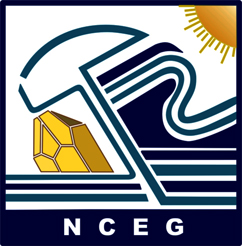Geo-hazards and remote sensing; the latest developments
Mark van der Meijde* and Harald van der Werff
International Institute for Geo-information Science and Earth Observation (ITC), the Netherlands
* Email: vandermeijde@itc.nl
In the last few years remote sensing has been proven extremely relevant in disaster management, particularly in mitigation and relief efforts. Recent disasters as the Sumatra earthquake and resulting tsunami in Indonesia, the Kashmir earthquake in Pakistan and the Sichuan earthquake in China have shown how useful remote sensing techniques can be in mapping the damage, steering relief efforts, and retrieving information on areas that are unreachable after the event.
The increased visibility of remote sensing products has also created awareness of the applicability of remotely sensed data for analysis of the natural mechanisms that are behind the disasters. The use of remotely sensed data to study tsunami waves, ground displacement and deformation, and seismic intensity has increased. A major disadvantage, and main limitation, is that most high spatial and/or temporal resolution data is only available at high costs. High resolution optical data like IKONOS and Quickbird, and Radar data for interferometric SAR are very costly and often not available for organizations in south-Asia.
This paper will discuss recent developments in geo-hazards studies applying widely available remote sensing data to traditional earth science fields. These recent developments focus on the development of new techniques using cheap or free remote sensing data like, for example, from the ASTER satellite.
ASTER is providing medium spatial and temporal resolution in the visible, near, short-wave, and thermal infrared. Previously, these data was considered of too poor resolution to solve issues in application fields that were addressed using expensive data sources. New processing techniques and integration with other data sources have improved the applicability of ASTER data for, e.g., analysis of true ground displacement, identification of landslides, modeling seismic amplification on regional scale and 3D characterization of fault systems. |

